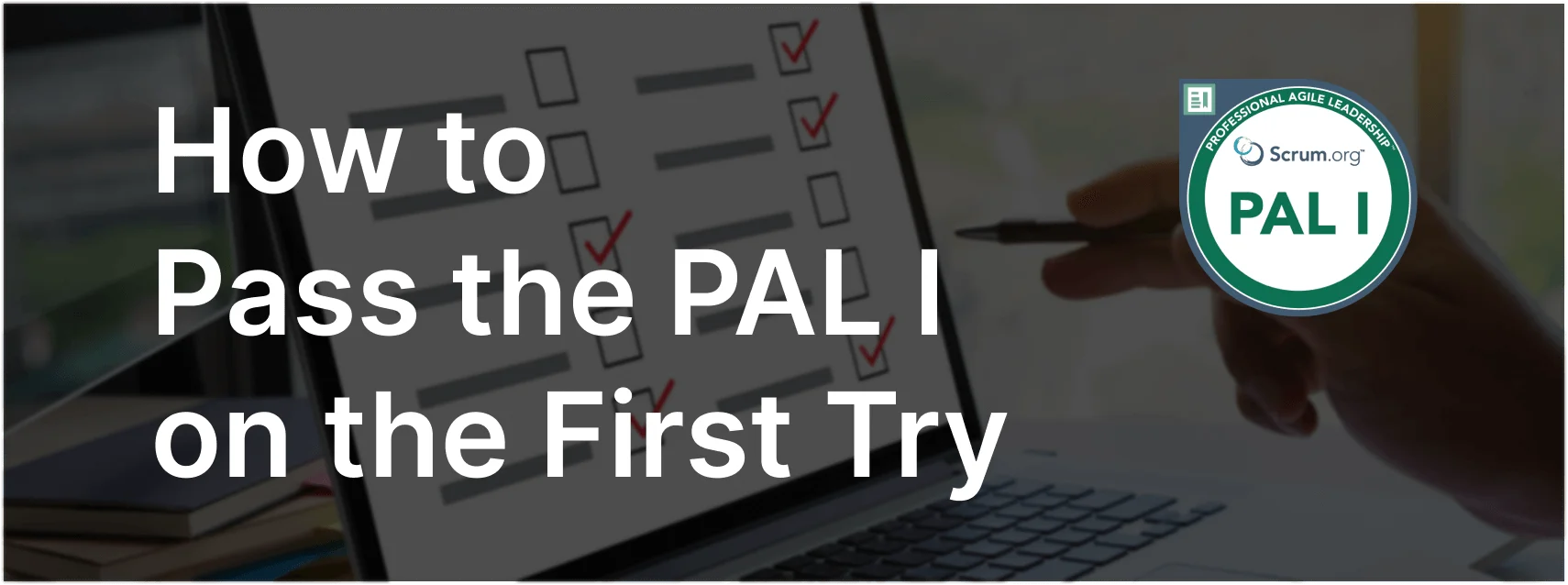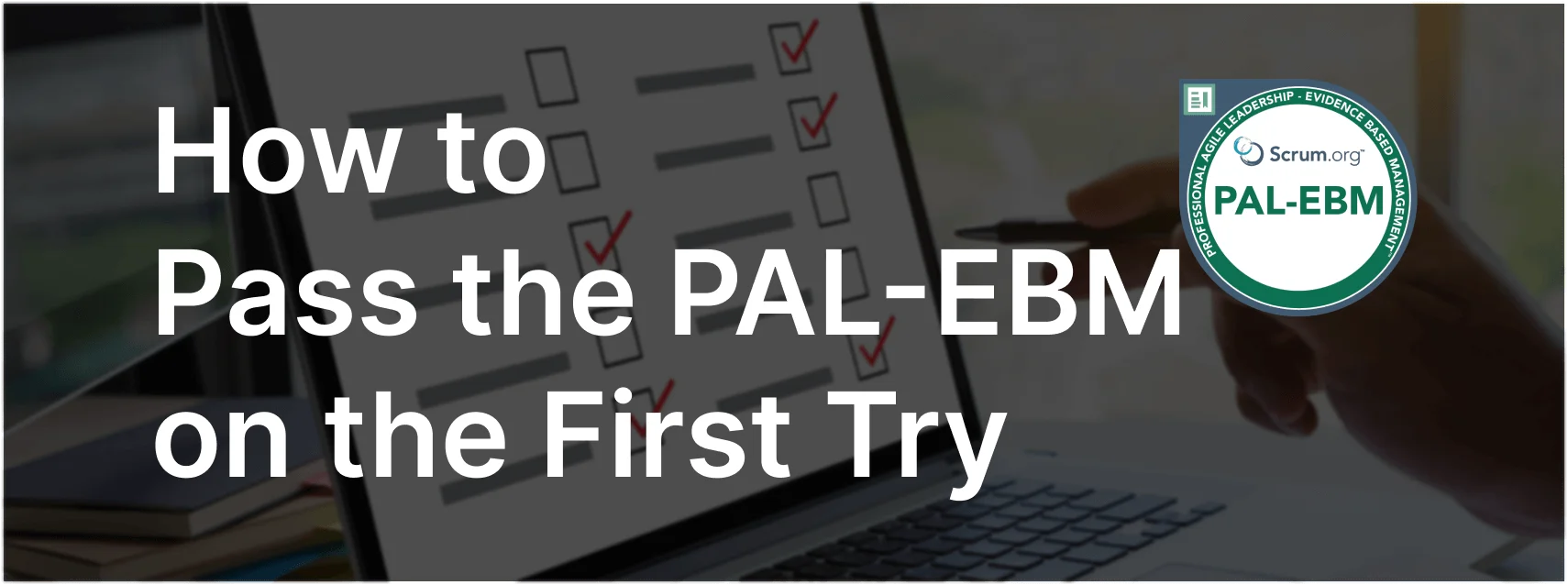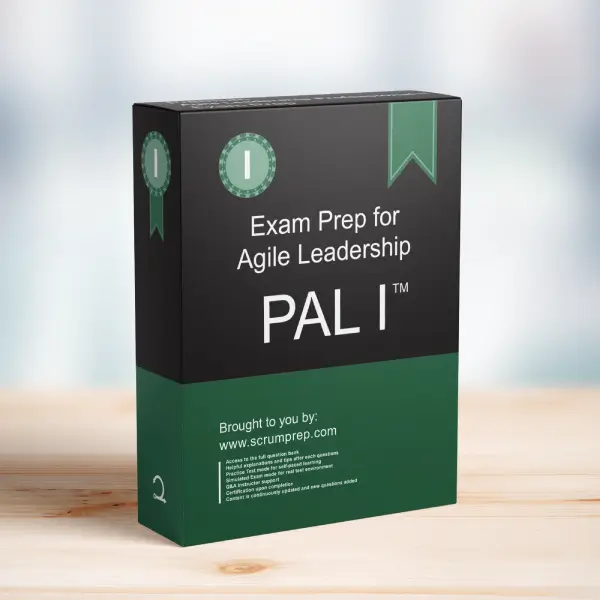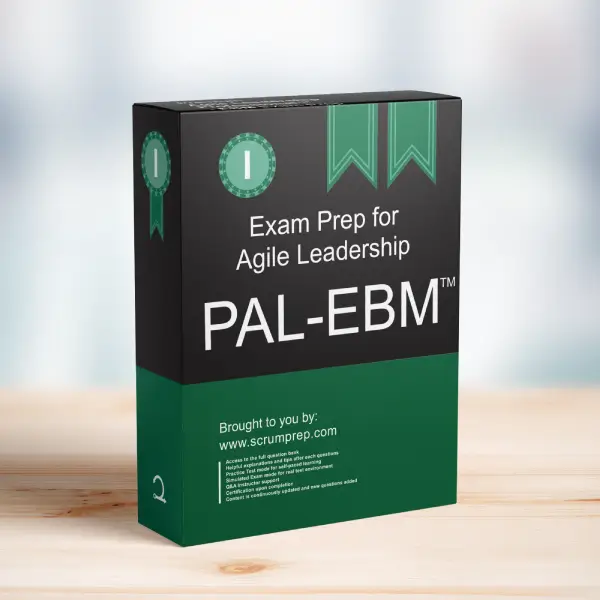Understanding Product Value Through Profit Margin
Profit margin is a useful financial metric, but it doesn’t always provide a complete picture of the value delivered to customers. It’s important to understand what profit margin changes really indicate about customer value.
Exam Question
The profit margin for Product A has gone up by 15% this year, due to a combination of revenue increase and improvements in efficiency. What does this say about the value that the product delivers to customers?
(choose the best answer)
A. Customers are getting more value because more of them are buying it.
B. We do not know unless we actually measure customer experience.
Correct Answer
B. We do not know unless we actually measure customer experience.
Explanation
Correct Answer
B. We do not know unless we actually measure customer experience:
An increase in profit margin indicates that the product is generating more revenue and/or has become more efficient to produce. However, it does not necessarily mean that customers are receiving more value from the product. The true measure of customer value comes from directly assessing customer experience, satisfaction, and engagement with the product.
Why the Other Option Is Less Relevant
A. Customers are getting more value because more of them are buying it:
While an increase in sales can be an indicator of customer value, it is not a definitive measure. Increased sales could result from various factors, such as improved marketing, lower prices, or even a lack of competition, rather than an actual increase in the value perceived by customers.
Benefits of Measuring Customer Experience
- Direct Feedback: Directly measuring customer experience provides specific insights into what customers value and what needs improvement.
- Targeted Improvements: Understanding customer satisfaction allows for targeted enhancements that can drive further value.
- Long-Term Loyalty: Satisfied customers are more likely to become repeat buyers and brand advocates, contributing to long-term success.
EBM Framework Insights
- Current Value (CV): Profit margin can be an aspect of current value, but it needs to be complemented with measures of customer satisfaction and engagement.
- Unrealized Value (UV): Identifying gaps between current offerings and customer expectations can highlight areas for future improvement.
- Ability to Innovate (A2I): Continuous feedback from customers can drive innovation by revealing new opportunities and unmet needs.
- Time to Market (T2M): Efficient production processes can improve time to market, but they must align with delivering value that meets customer expectations.
Relevance to the PAL-EBM Exam
Understanding the distinction between financial metrics and customer value is crucial for the PAL-EBM exam. This knowledge demonstrates the ability to apply empirical principles to evaluate and enhance value delivery.
Key Takeaways
- Profit margin increases do not necessarily equate to increased customer value.
- Direct measurement of customer experience provides a clearer picture of value delivered.
- Combining financial metrics with customer feedback leads to a more comprehensive understanding of product value.
- Continuous improvement and innovation should be driven by customer needs and satisfaction.
Conclusion
While financial metrics like profit margin are important, they do not tell the whole story about customer value. Organizations must measure and understand customer experience to truly assess and enhance the value delivered by their products. For more information on preparing for the PAL-EBM exam, visit our Professional Agile Leadership PAL-EBM™ Exam Prep.





